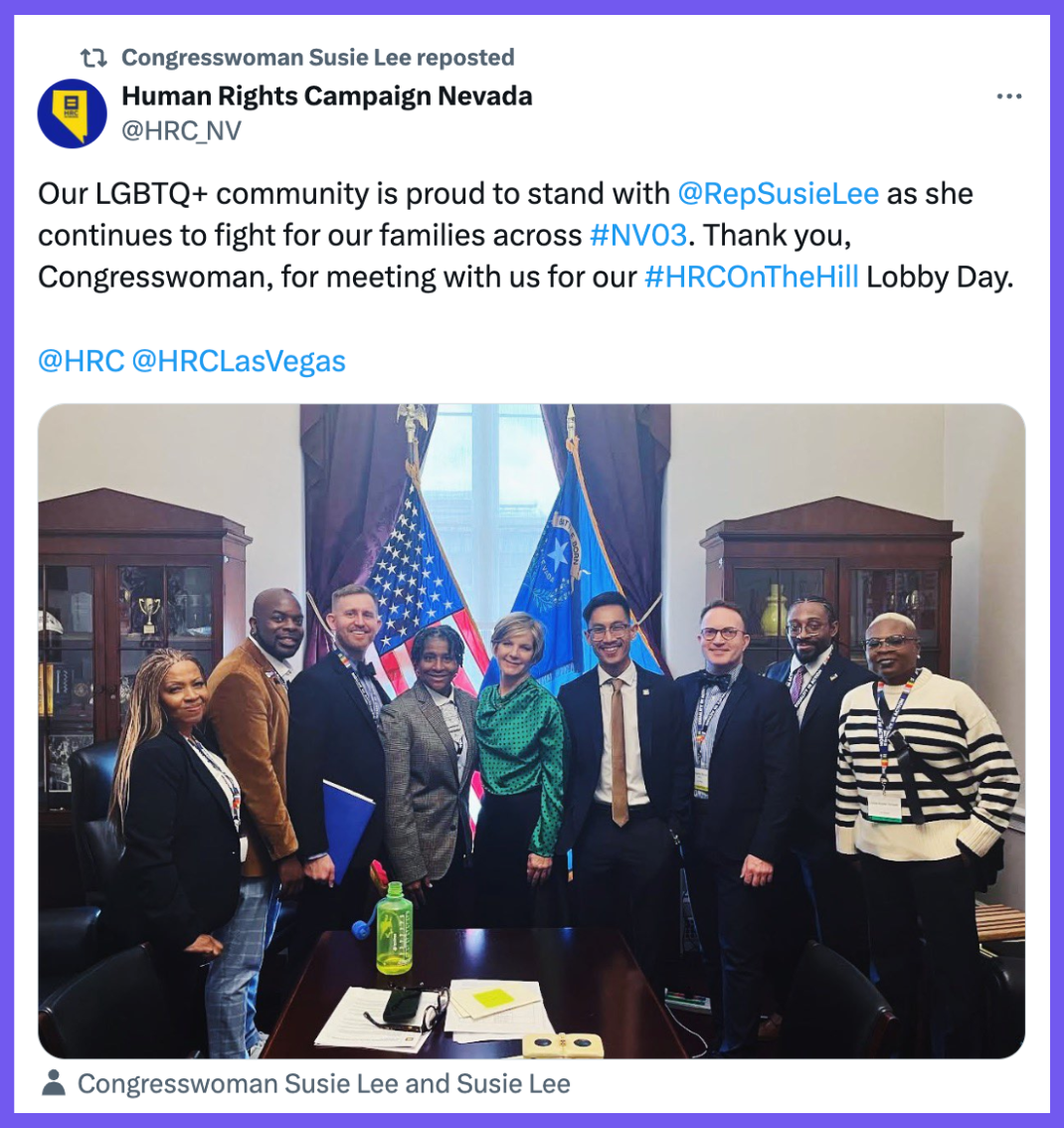Start Planning Your GOTV Campaign Now
People—whether they’re your advocates, your employees, your members, or even consumers—look toward the organizations they are members of to provide accurate information about the election. A thoughtfully-planned, multi-channel GOTV campaign will allow you to not only support people in exercising their right to vote, but also educate them about your organization’s mission and goals. Watch the video to learn more about how to plan a successful campaign, so you can start having an impact now.
